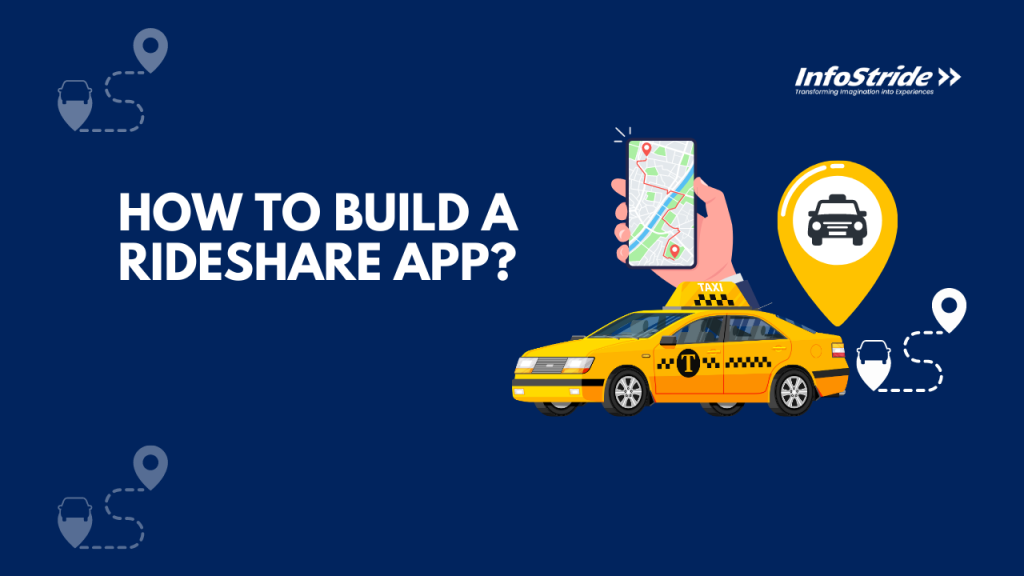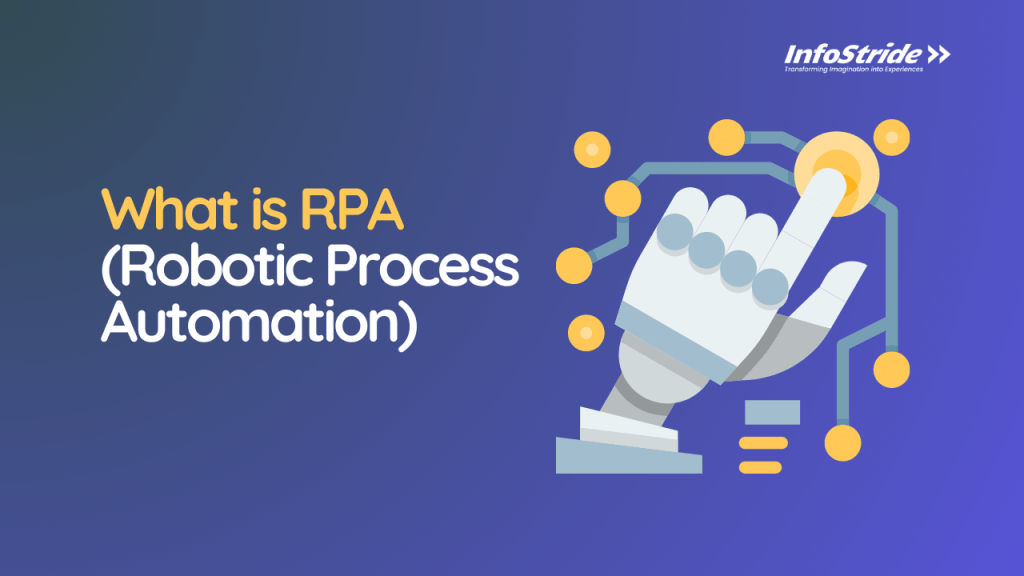With the market value of the global ridesharing industry forecasted to reach $185.1 billion by 2026 from $85.8 billion in 2021, it’s no surprise to see so many entrepreneurs keen to enter this industry by launching their own rideshare app.
As a result, the question: how to build a rideshare app?
There are many essential steps involved in building a successful rideshare app from due market research to deciding on core features and strategic execution.
Before we go deep dive into all these key steps, let’s first have a quick glance at key players in the ridesharing industry.
Key Players in the Ridesharing Industry
With the impressive growth of the industry, the world has also witnessed a great surge in the total number of rideshare apps across the world.
But the ride-sharing apps that are in the lead include:
- Uber: The global leader in the ridesharing market with 118 million users as of 2021 and the reason behind the remarkable surge in the on-demand economy.
- Lyft: Uber’s key competitor in the USA with a 32% market share as the Lyft business model is quite similar to Uber.
- Grab: The leading ridesharing service in Southeast Asia but the Grab business model that works on the notion of a super app is different from both Uber and Lyft
How Do Rideshare Apps Work?
Ridesharing apps connect people who need one-way transportation with drivers on demand.
Unlike the traditional taxi service model, drivers are independent contractors using their personal vehicles. So, ridesharing drivers are people who are interested in making extra money with a flexible work schedule.
Each rideshare app is unique in its own way but most ridesharing apps work as follows:
1. Request for a ride
A rider enters the current location and destination, sees available ride options and selects the ideal option.
2. Booking confirmation
As soon as a nearby driver accepts the ride request, the ridesharing app automatically notifies the riders about the ride’s estimated time of arrival.
3. Payment & Rating
At the completion of the ride, the app enables the rider to pay in cash via the app. Also, the riders can rate their experience.
How to Build a Rideshare App: Step-by-Step Instructions
Below are essential steps you need to go through for building a rideshare app:
1. Conducting a Market Analysis
To start things on the right foot, performing market analysis is crucial. A thorough market analysis entails the following key considerations:
1.1. Ridesharing Industry Overview
Analyze the current and future landscape of the ridesharing industry. It’s no secret that the industry is growing at an impressive rate due to the huge demand for economical and convenient transportation.
Need numbers? Have a look below!
- The global ridesharing industry is anticipated to reach a value of $185.1 billion by 2026.
- Uber generated sales of $10 billion in 2021 across Canada and the USA.
- 26% of rideshare app users in the USA use ridesharing services monthly.
1.2. Competition
To conduct competitor analysis, make a list of the top rideshare apps across the world and carefully study them in detail:
- Analyze their Google Play Store and Apple App Store ratings as well as reviews to identify loopholes and problems you can convert into opportunities for your product.
- Check out their UVPs as well as determine the targeted audience.
- Understand how they work and bring money to the table (business & revenue model)
1.3. Target Audience
It’s also crucial to comprehend your target audience who will consume your product/services as well as understand their requirements.
For example, Lyft’s target audience includes people who seek an affordable and friendly door-to-door short-distance ride service on demand.
On the other hand, BlaBlaCar – which is a leading carpooling app – targets people who want to travel long distances with drivers heading the same way with the purpose of sharing the cost of the journey.
2. Identifying the UVP of Your Product
The unique value proposition (UVP) illustrates how your rideshare app is different from the competitors.
If you build a complete Uber/Lyft clone, you can’t expect success in return. You have to offer something a bit different to compete with the industry’s leading players.
So, how can you figure out the unique value proposition of your product?
That’s when your efforts in conducting an in-depth market analysis will pay off by providing you with a clear view of loopholes and challenges of the existing solutions that your product can address.
3. Key Features to Incorporate
The leading rideshare apps like Uber, Lyft and Grab have three panels: rider, driver and admin panel. Below are the core features for every panel.
For Riders
- User-Friendly Signup Portal
- Multiple Payment Options
- An Ability to Cancel a Ride with No Hassle
- Real-Time Tracking
- Easy Split Payment System
- Details About Other Passengers
- Facility to Chat with Drivers for More Details
- Push Notifications
- Help Center to Report Issues and Bad Experiences
- Facility to Rate and Review Drivers
- SOS (in case of emergencies)
- Facility to Schedule a Ride in Advance
For Drivers
- Driver-Friendly Sign-up Process
- An Option to Accept/Reject Ride Request
- Built-in Navigation System for Optimized Directions
- Driver-Friendly Dashboard
- Trip Information of Every Rider
- Integrated System for Receiving Payments
- Facility to Chat with Riders for More Details
- An Ability to Rate and Reviews Riders
For Admin
- Booking Management
- Driver Management
- Payment Management
- Vehicle Management
- Complaint Management
- Ratings & Reviews Management
- Notification Management
- Promo-code Management
4. Deciding on a Development Approach
There are three development approaches to choose from when it comes to building a rideshare app: native, cross-platform and hybrid.
4.1 Native App Development
Native mobile apps are built for a specific platform such as Android or iOS.
It means if you need your rideshare app on multiple platforms, it requires building the app for each platform separately. Thus, to build your native rideshare app on both Android and iOS, you need to hire an Android developer as well as an iOS developer.
As a result, building native apps is on the higher cost side but native apps offer a rich user experience and high performance.
The tech stack of native app development entails:
- Android: Programming languages (Java, Kotlin), tools (Android Studio, Android IDE, Intellij IDEA) and UI Framework (Jetpack Compose, Android UI)
- iOS: Programming languages (Swift, Objective-C), tools (XCode, AppCode, Atom) and UI Frameworks (UIKit, SwiftUI)
4.2 Cross-Platform App Development
Cross-platform app development means building apps for multiple platforms (Android, iOS and web) using the same codebase.
Thus, this approach resulted in low development costs and faster time to market. Also, there are some cross-platform app development frameworks that offer native-like app performance.
The tech stack of cross-platform development entails:
- Popular cross-platform app development frameworks: Flutter, React Native, Xamarin.
4.3 Hybrid App Development
Hybrid app development means building an app using web technologies such as HTML5, CSS and JavaScript. Hybrid apps run on multiple platforms. These apps also render performance and user experience close to native but not better than cross-platform ones.
The tech stack of cross-platform development entails:
- Programming Languages: HTML and JavaScript
- Hybrid app development frameworks: Ionic, Apache Cordova
Which one to choose?
To take on the industry’s players like Uber and Lyft, you need a rideshare app with excellent user experience and performance. Taking that into account, going native is recommended.
5. Developing Your Minimum Viable Product
When it comes to developing your rideshare app, you can either go with an MVP (minimum viable product) or a complete product development approach.
If you have a limited budget, then the smart move is to build an MVP.
The main goal of building an MVP is to build an app with just essential features defining the app’s value proposition to attract potential investors for funds and early adopters. The approach helps test your idea with real users and gather feedback for future enhancements.
6. Testing & Launching the Product
Once you’ve developed an MVP version of your rideshare app, it’s a must to test the app with the assistance of a skilled QA expert before the deployment.
After ensuring all issues and bugs are resolved, you can launch your app into the app store.
Typically, the app stores have a review process in place and can take days to release your app into the market.
7. Gathering Feedback to Improve Your MVP
After the product launch, gather customers’ feedback as this will help you determine what improvements you need to make in your rideshare app to gain traction.
With multiple iterations, you’ll be on the path to building a fully-featured product.
How Can InfoStride Help You?
With a skilled team of 250+ developers specializing in different technologies, InfoStride can help fast-track the process to build your rideshare app by providing instant access to pre-vetted developers for hire.
Whether you want to hire developers or build a remote development team, you can count on us with the following advantages:
- Access to only pre-screened remote developers to save recruitment costs and reduce time to hire significantly.
- We are open to signing an NDA for the client’s data confidentiality and intellectual project rights.
- Our flexible engagement models enable us to engage with us as your project and budget requirements demand.
Interested? Share your requirements and we’ll get back to you with developers who can make your rideshare app idea a reality!
Conclusion
As you can see, building a rideshare app entails many things to take into consideration from performing a comprehensive market analysis to deciding on core features for building an MVP version of your product.
It’s no secret that the ridesharing industry is booming but the increasing number of new players is making the industry highly competitive.
To achieve success with your rideshare app idea, you need to find an innovative angle to disrupt the industry.
Some Hand-Picked Articles for You
Trending Startup App Ideas Apps
Top Online Medicine Delivery Apps
Top Gaming Chat Apps and How They are Generating Millions in Revenue











